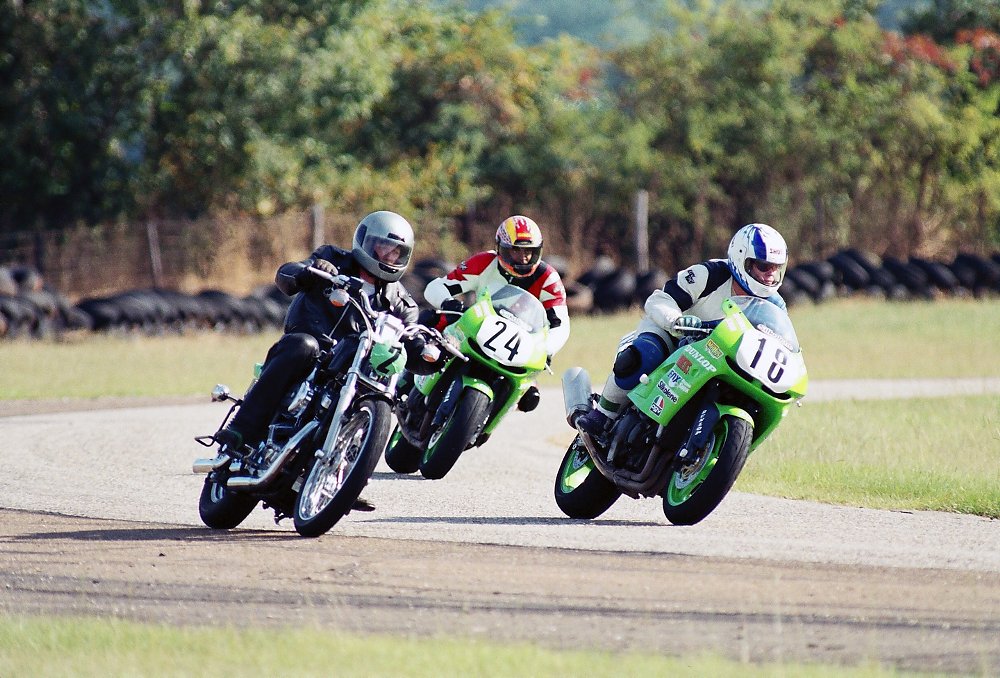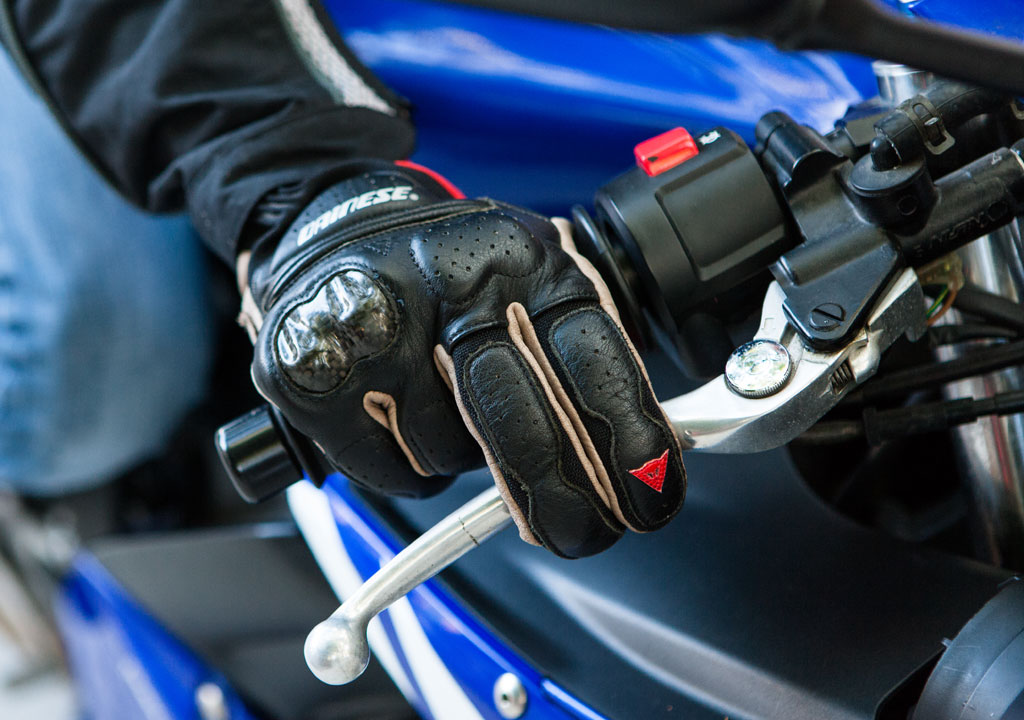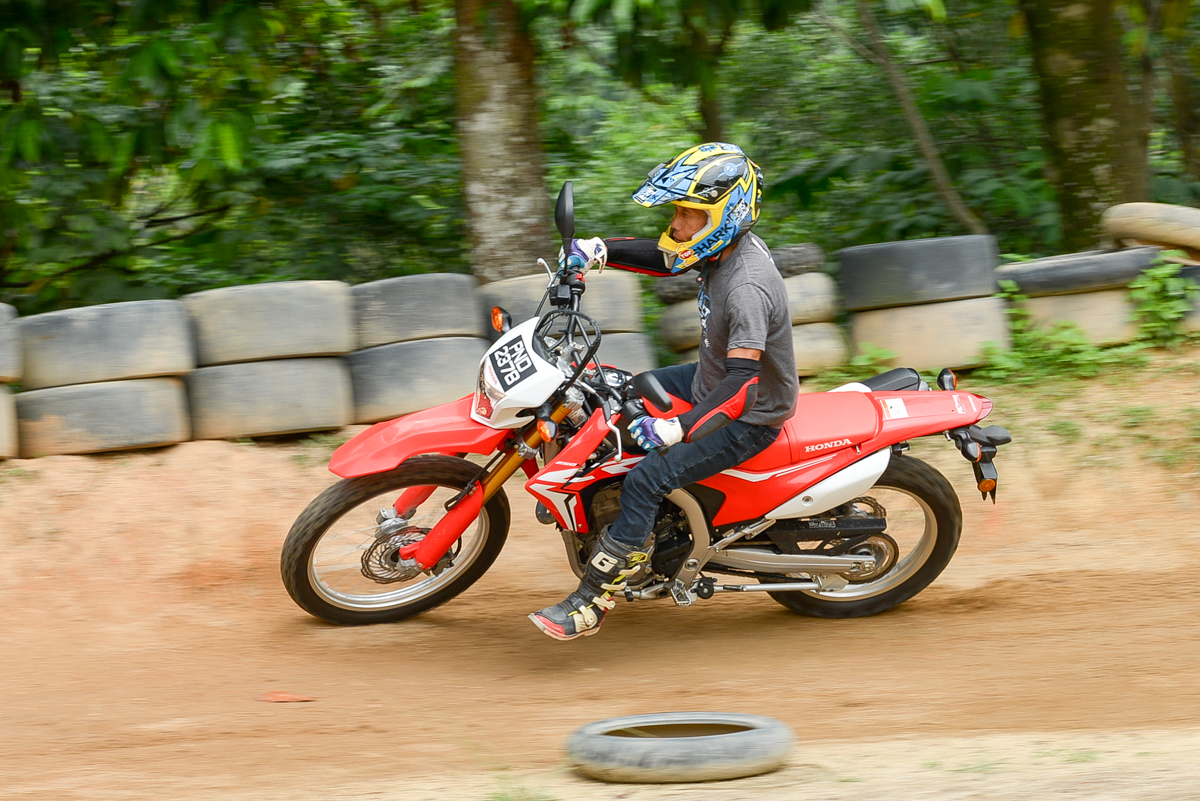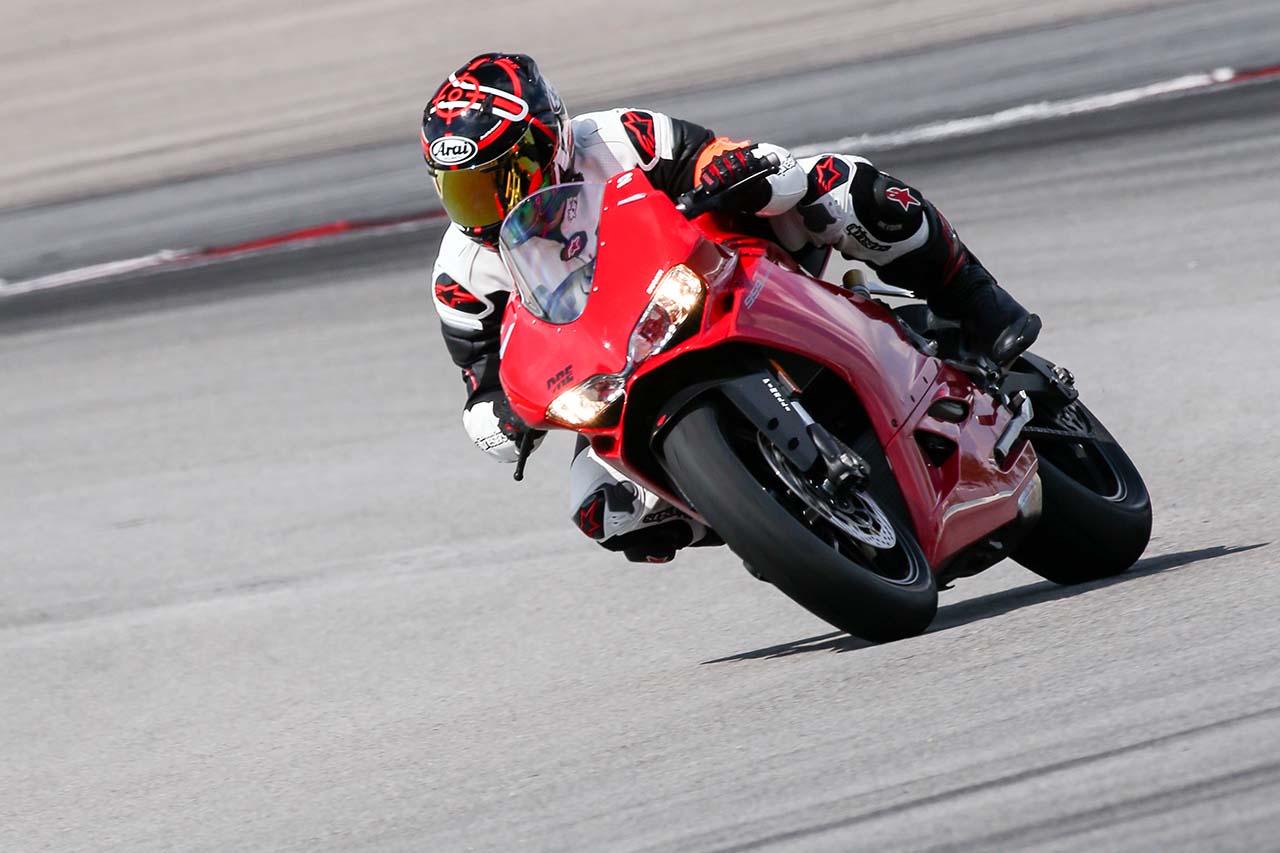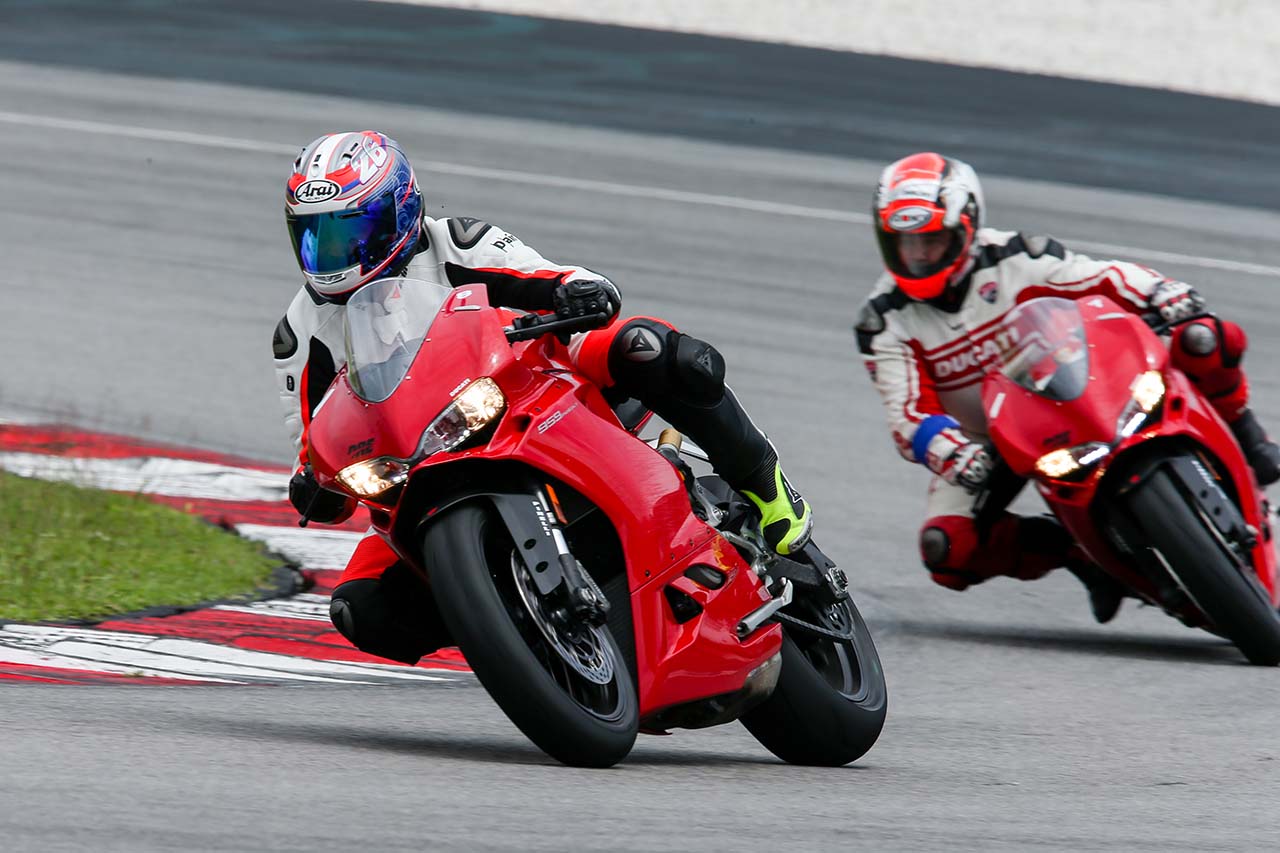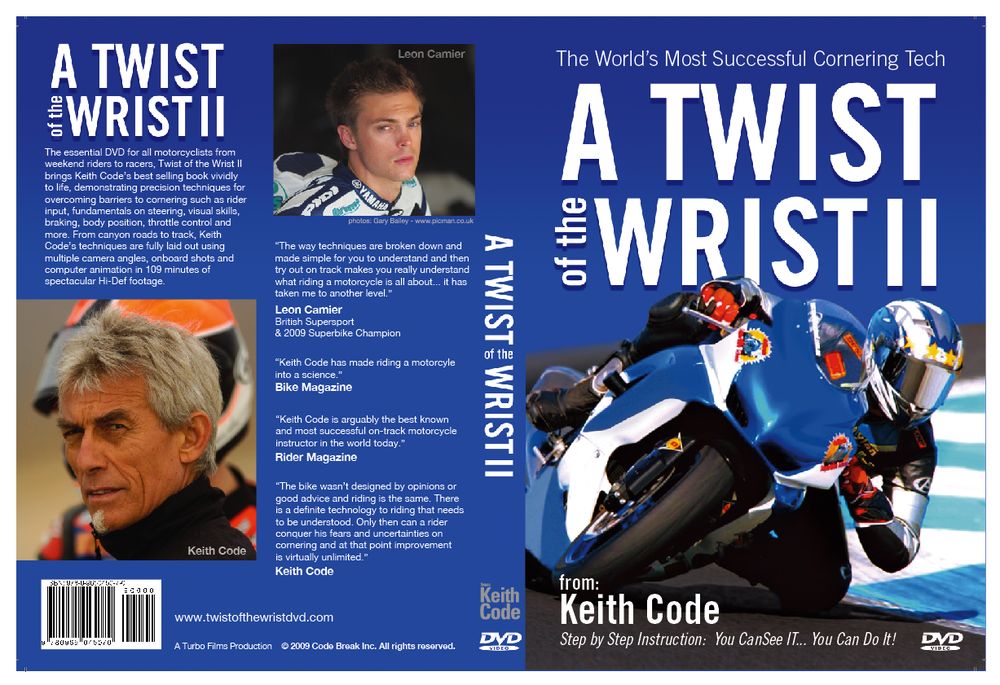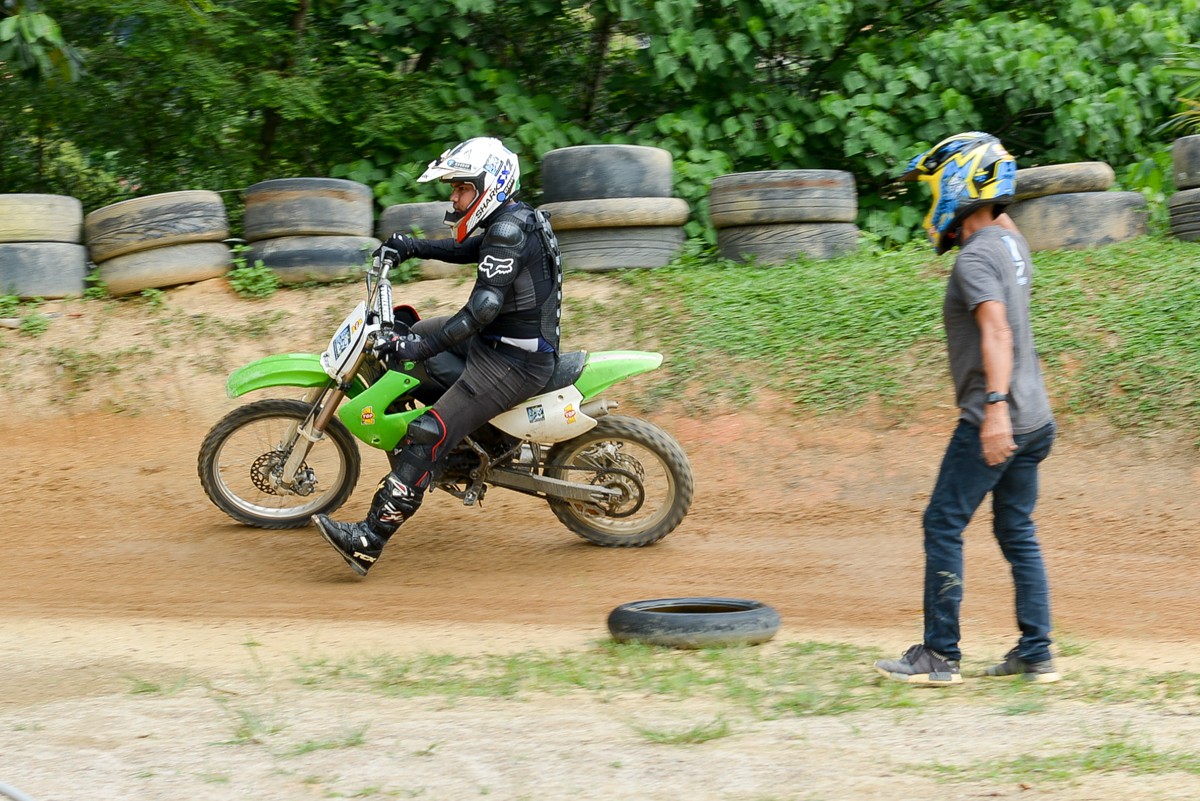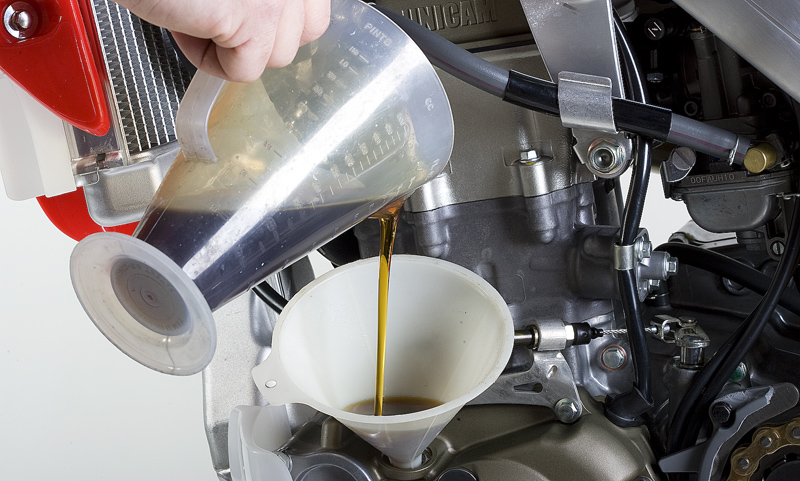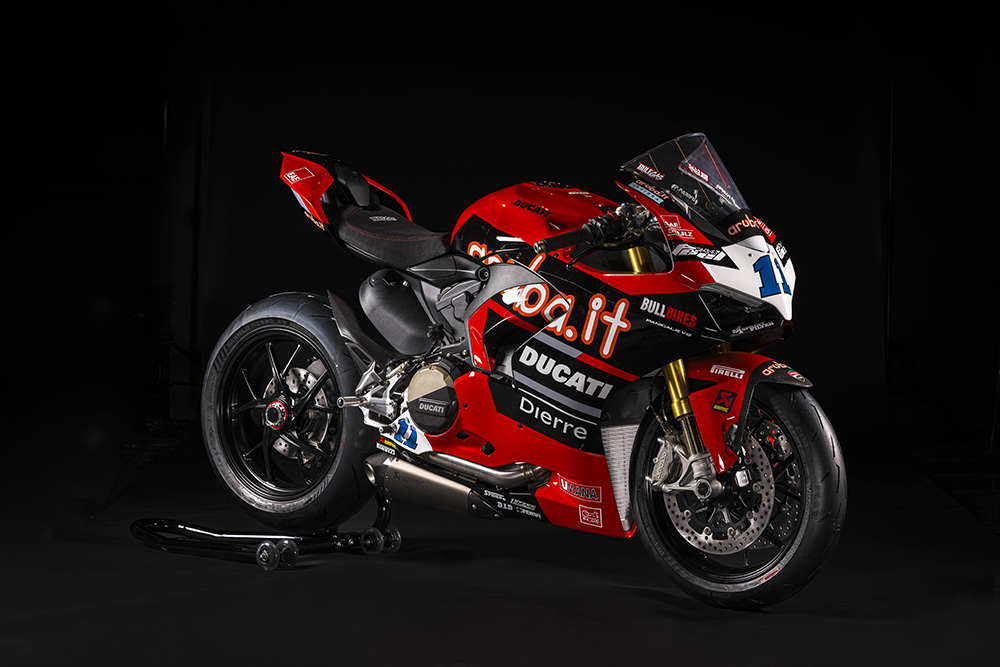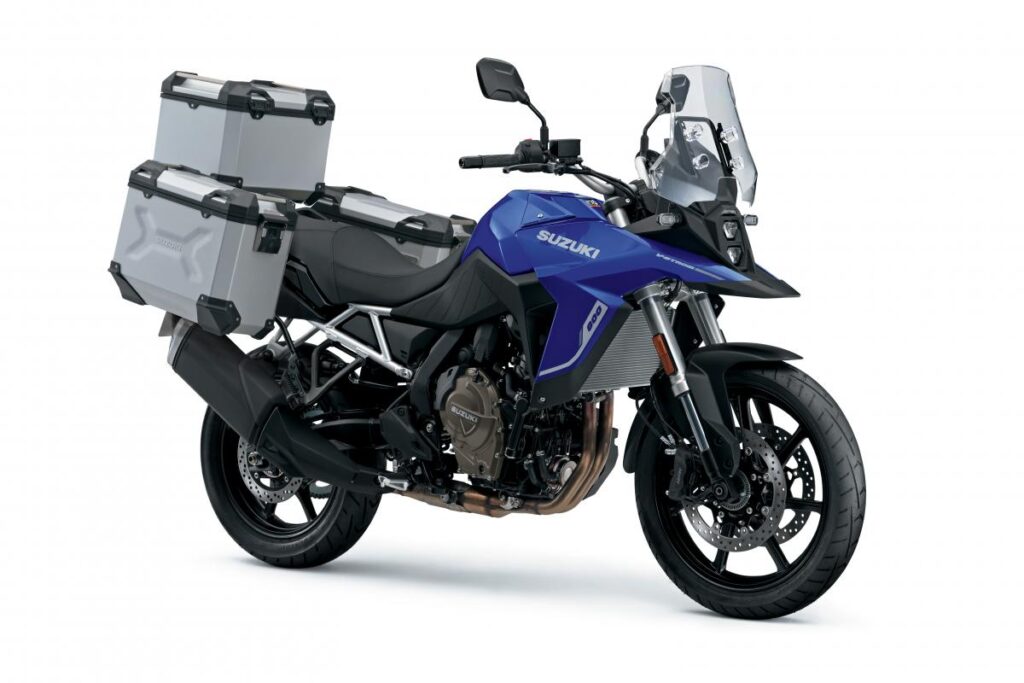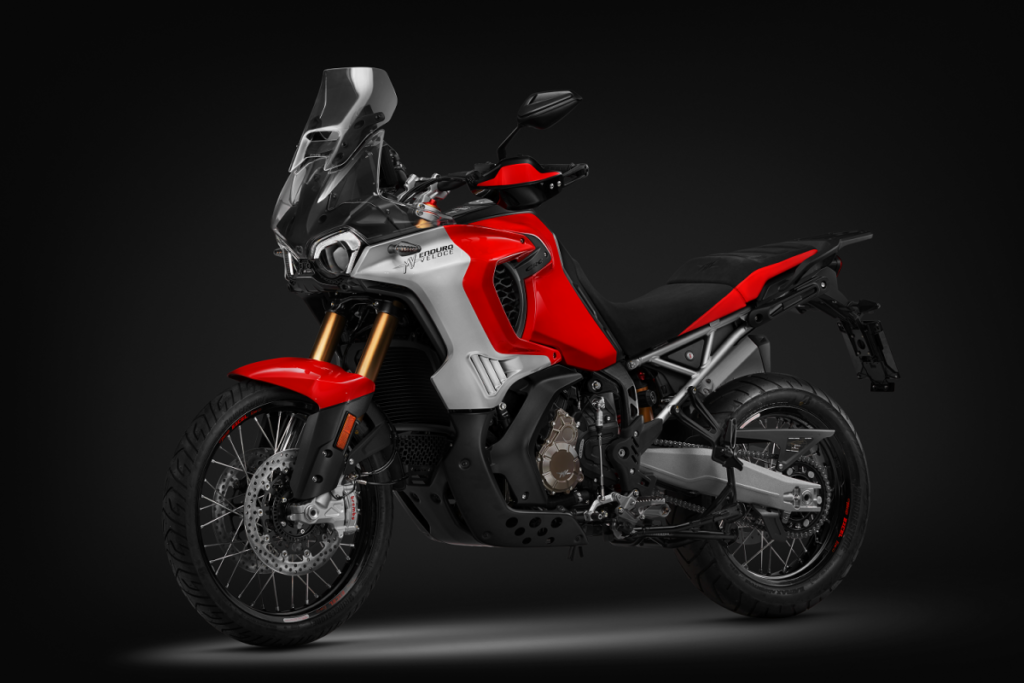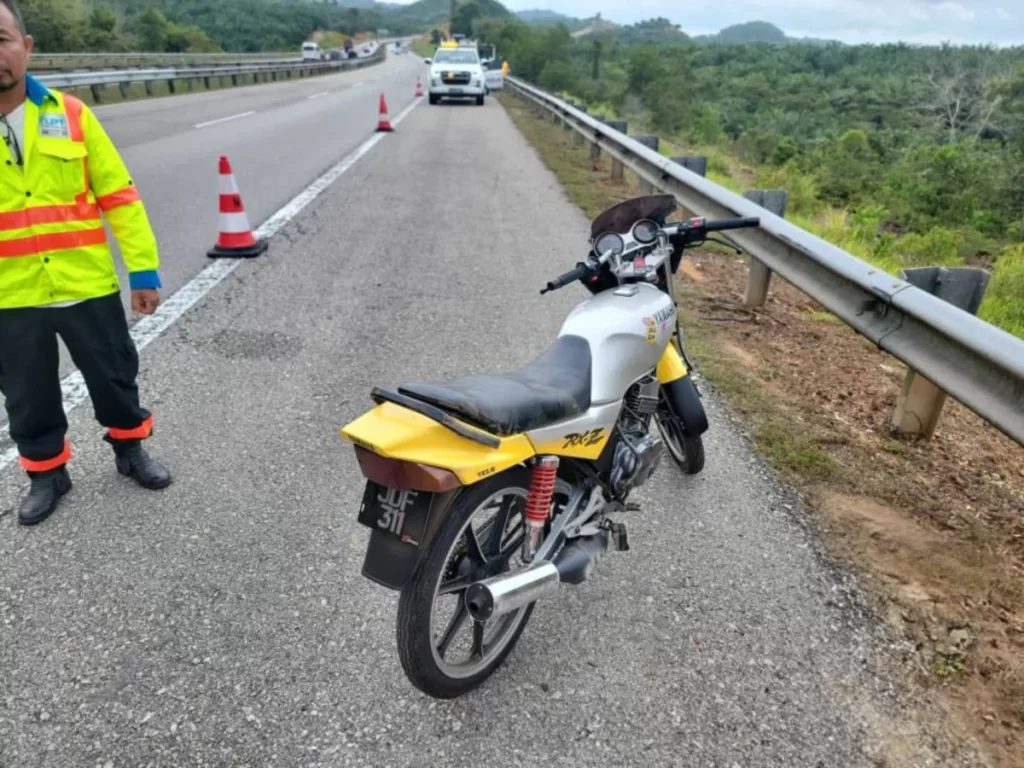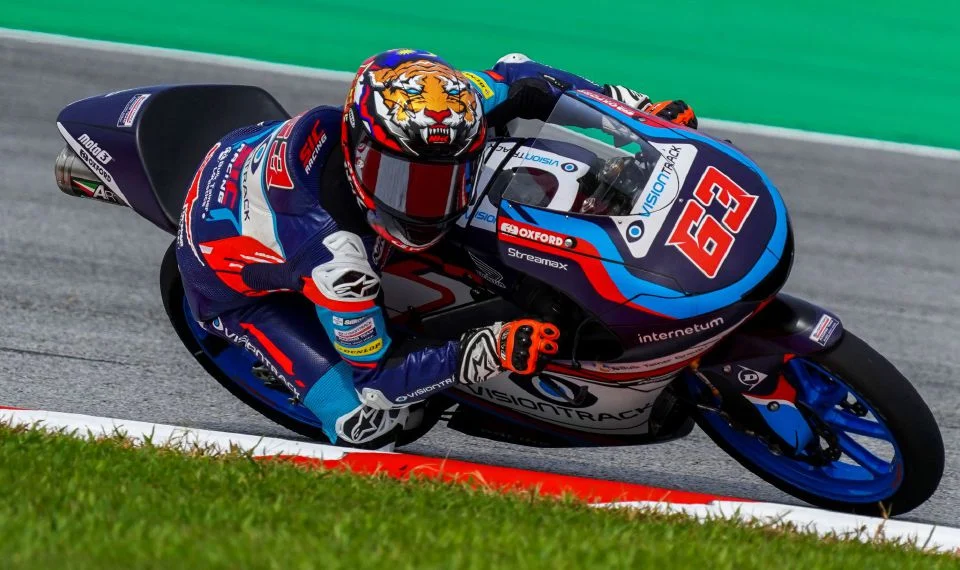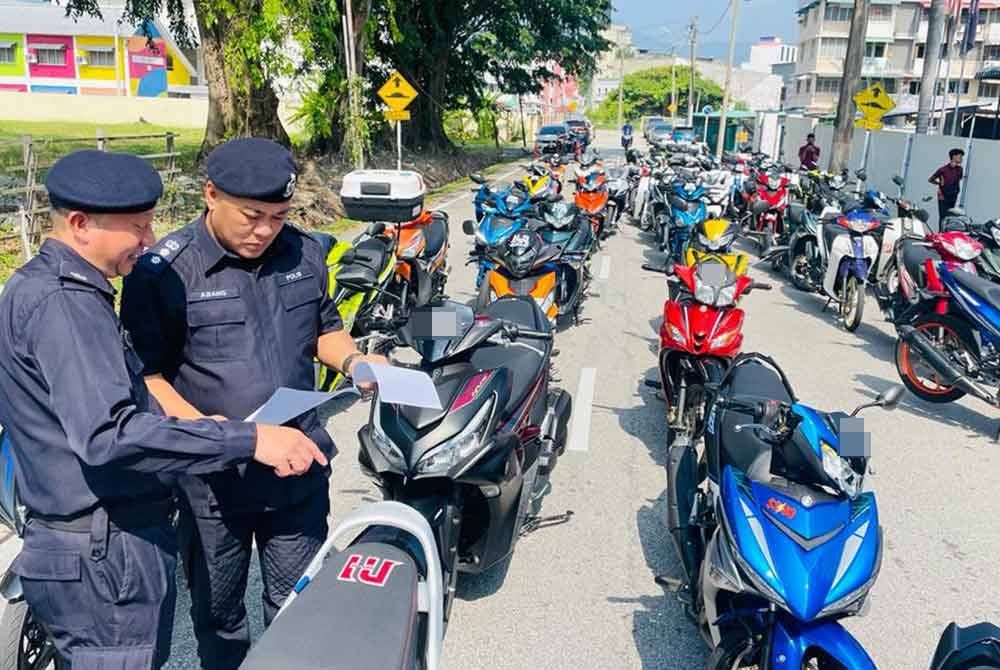-
One of the best aspects of riding is the never-ending quest to ride better.
-
Riding skills should be learned correctly and refreshed from time-to-time.
-
It applies to all riders regardless of age and experience.
With the New Year long weekend coming up, there are surely many bikers who will go out riding and touring. Besides preparing yourselves in terms of logistics, please make sure that you’re prepared in terms of riding, too. We’ve assembled these Ten Quick Tips to Enhance Your Riding Skills to assist.
The fundamentals, of riding any motorcycle is the same whether if he’s just obtained his license or a veteran who has been riding since Merdeka. Similarly, while motorcycles and their related technologies such as tyres, brakes, chassis, electronics, weight distribution have improved exponentially within the last decade alone, that doesn’t mean the rider only has to sit onboard and do nothing. Those technologies assist in riding enjoyment and safety but are virtually useless if the rider isn’t equipped with the necessary skills.
1. Steering
Bikes don’t steer by themselves.
You need to countersteer.
You push on the left handlebar to go left, and push on the right to go right. The rate of steering (how quickly the bike tips over and turns) corresponds to the amount of force and speed you apply it to the handlebar. That means: If you shove on the right handlebar hard and abruptly, the bike will snap over to the right faster, and vice versa.
Learning to countersteer actively allows you to place your bike precisely on where you want to go.
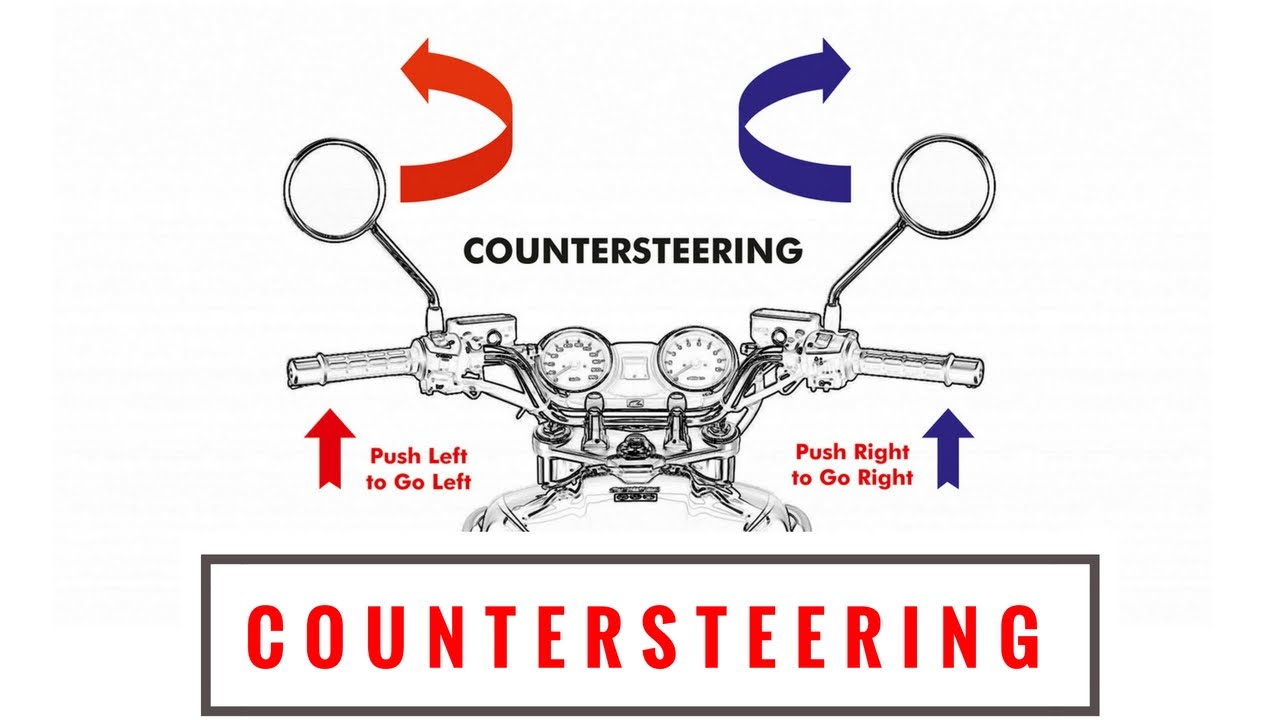
2. Throttle Control
Don’t treat your throttle as an on/off switch.
Instead, good throttle control plays a tremendous role in controlling the bike’s front and aft weight distribution, hence tyre traction, suspension action, smoothness and overall speed. It should be rolled on and rolled off, not whacked open or snapped shut in like a light switch. This is especially important when cornering or riding on slippery roads.
When approaching a corner, trace a line which will allow you to come on the throttle as soon as possible. Turn the bike in, come one the throttle smoothly and keep applying it as you leave the corner. Do not oscillate it on and off in midcorner as that’ll unbalance the bike and reduce tyre traction.
So, what’s the perfect line through a corner? It’s the line which allows you to open the throttle the soonest, all the way through, and on the exit.
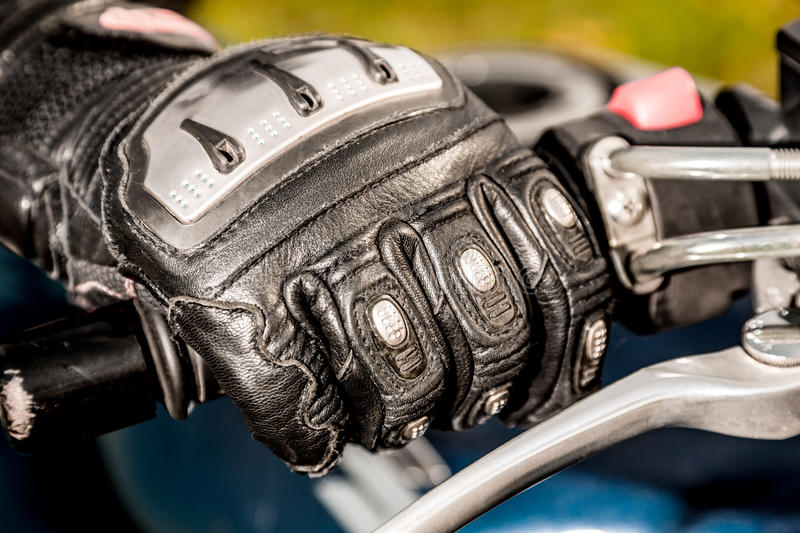
3. Vision
“Your bike goes where you look.” Repeat that to yourself as soon as you wake up, on the bike and off the bike until you go to sleep.
Admittedly, looking away from danger is difficult as our brains are hardwired to “Keep an eye out on danger.” On a motorcycle, however, keeping your eyes on the taik lembu in your patch guarantees that you will run through it. It’s called, “Target fixation.”
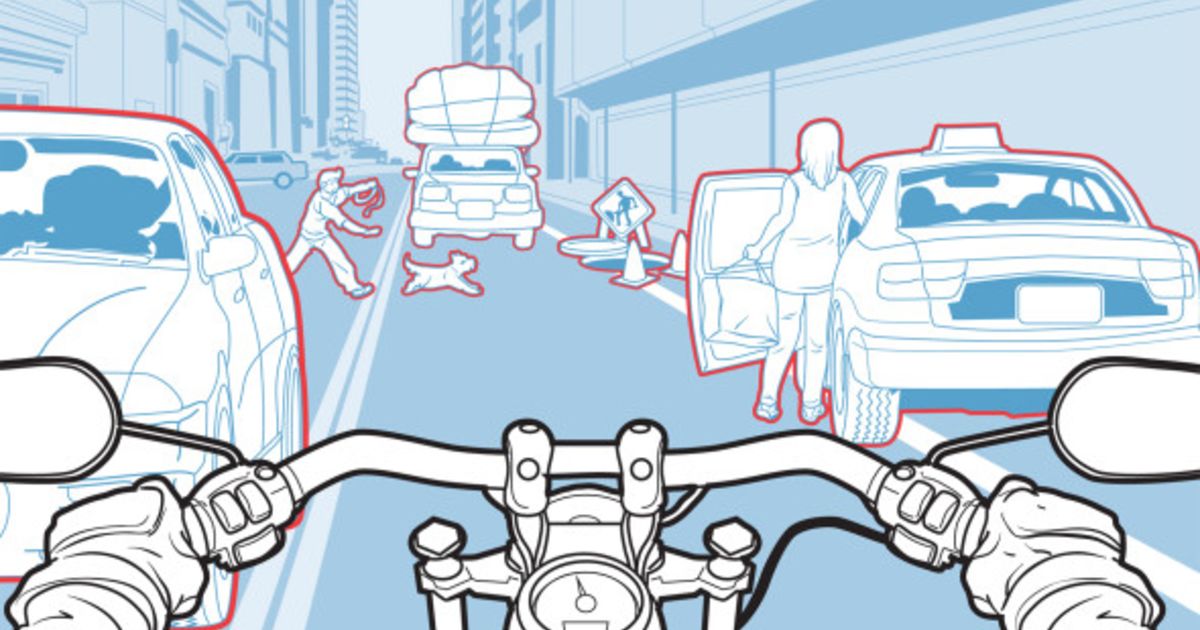
Watch this video below (courtesy of RNickey Mouse channel):
When danger presents itself, look for escape routes and steer towards the best option, instead of towards the thing you want to avoid. That’ll keep you from spraying dung all over your bike and yourself, and similarly from hitting that car which swerved into your lane.
4. Braking
What’s the single most powerful component of your motorcycle?
The engine? No. It’s the brakes.
No other component translates so much of the rider’s input into such big reactions. Just like the throttle, you should start thinking of brakes as the device you use to achieve your target speed – say for a corner – instead of being an on/off switch.
And as with the throttle, the brakes should be applied smoothly. Never grab it abruptly with the grip of death. In fact, if done right, rolling off the throttle as you transition to the brakes and getting back on the throttle smoothly does wonders for your riding.
Also, do remember to clamp your knees onto the fuel tank and leave your arms and elbows as relaxed as possible when you apply the brakes.
Stiffening up your arms and elbows by locking them will render them useless in helping you to steer the bike away from danger.
Besides that, stiffening up your arms and elbows will transfer all of the deceleration forces to them and your body, fooling you to think that you’ve reached the limit of your suspension, brakes and tyres, when you could actually apply more brakes.
5. Let it Slide
We know, blood rushes through your body when a tire breaks traction and “kicks out.” Is that a bad thing? Unless your bike has swapped ends (the rear had overtaken the front), there’s always the possibility of saving it (although you may need new underwear).
The best way to practice slides is on a dirtbike on a dirt track. Dirtbiking teaches your body how to respond to slides by using all the skill sets you’ve learned so far. Once you’re back on the pavement, you won’t panic when the tires get loose. (Best place to learn this is at Most Fun Gym where we train.)
However, the basic technique is to always ride relaxed even when the bike slides. A sliding bike doesn’t mean it’s out of control. Instead, a sliding tyre is only trying to find a stable position. Riding stiff just means you’re resisting it from finding this position. So let it slide, while you stick to steering, throttle control and vision.
6. Turn and Burn
What are bikes for if not for corners!
Apply what you’ve learned above about countersteering, throttle control, braking, vision and sliding – in the correct order, of course – and soon find yourself confidently sweeping through corners without too much thought.
7. Visit the Track
The best place to apply all the skills you’ve learned is of course, the racetrack.
Track sessions are usually divided into “classes,” so you may start with newcomers to avoid getting scared senseless by the faster riders.
Needless to say, the track provides the best environment not just for racing but for pure riding, since there are plenty of run-off areas and everyone else is going the same direction; no punk driving his mom’s car; no zombie pedestrians with their faces stuck in their phones; definitely no babi hutan crossing the road; no diesel spill from the bus whose driver’s practicing for F1.
Since you ride at elevated speeds on the track, you’ll find yourself in so much control when you get back into the real-world – just don’t apply racetrack speeds on the roads.
9. Iqra (Arabic for “Read”)
Buy books and watch videos. Study, then go out and practice, because there’s no two ways about it.
Books we recommend are A Twist of the Wrist Vol. II by Keith Code, Sport Riding Techniques: How to Develop Real World Skills for Speed, Safety, and Confidence on the Street and Track by Nick Ienatsch, and Total Control by Lee Parks, among others.
Getting advice from your buddies could work, but if (while we’re not doubting their skills) he’s the kaki tapao at Kuala Kelawang, you may want to look for more reliable sources. Most, if not all, good riders take it easy on the road and only ratchets it up at the track. Best is to learn from a real teacher, or at least a buddy who has attended an official riding school or two.
9. Find a (Real) Sifu
As mentioned in No. 8, the best way to learn is having an instructor watch you ride and critique your riding.
Riding schools teach the fundamentals and you could always develop your own riding style in a correct manner. Learning to ride by yourself is open to interpretation and you may end up harbouring bad riding habits.
We always recommend that any rider learn dirt riding. As Most Fun Gym’s motto puts it, “Learn offroad, master all roads,” dirt training makes you a much, much better and safer rider. That’s why all the top riders learn dirt riding.
10. Maintain Your Own Bike
Performing your own maintenance means you could invariably find out more about your bike. Besides, you’re more likely to develop a personal bond with your bike and treat it with respect, instead of just being a machine that you’d flog without remorse.
Performing your own maintenance could also allow you to spot potential problems with the bike.

